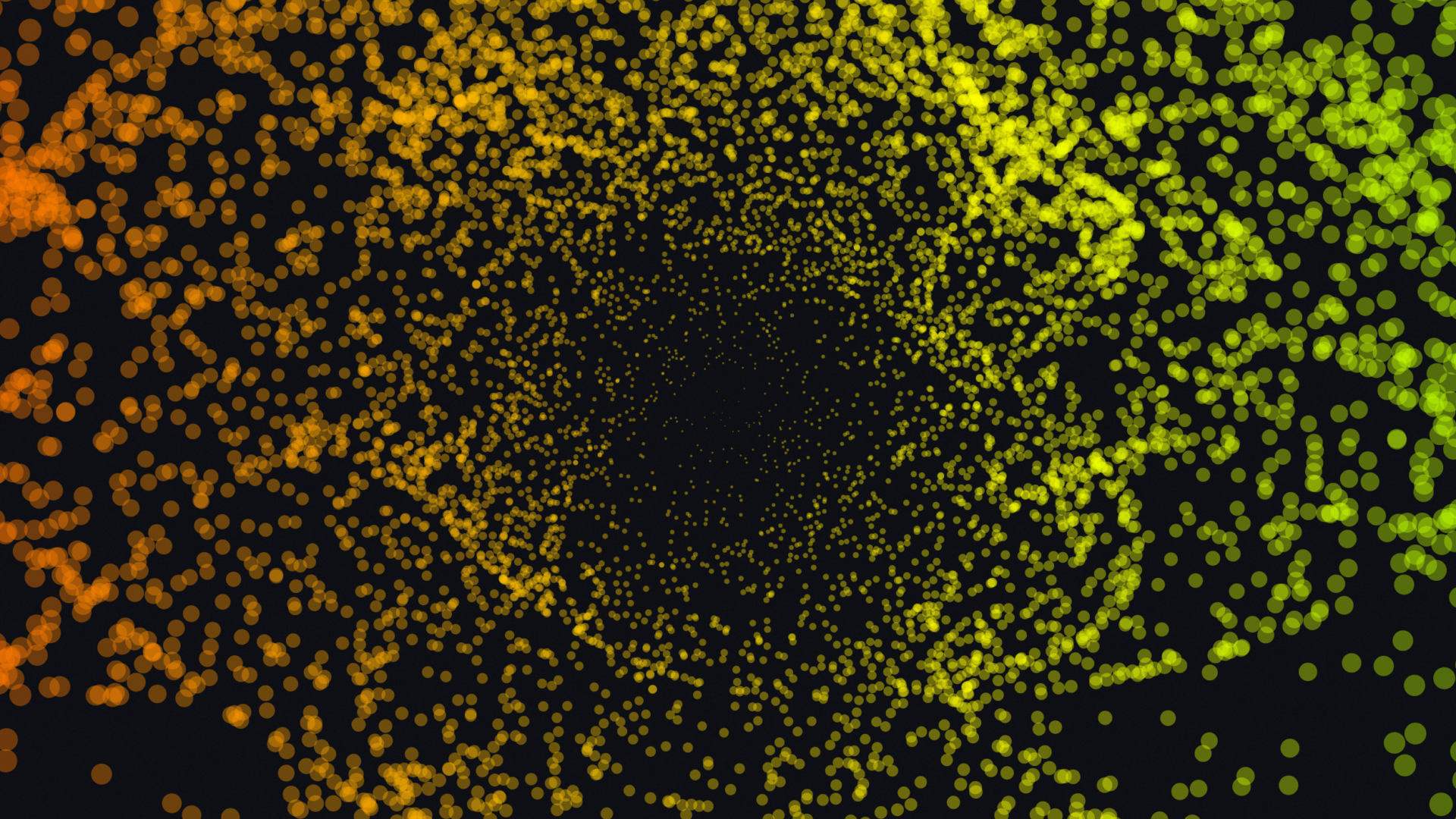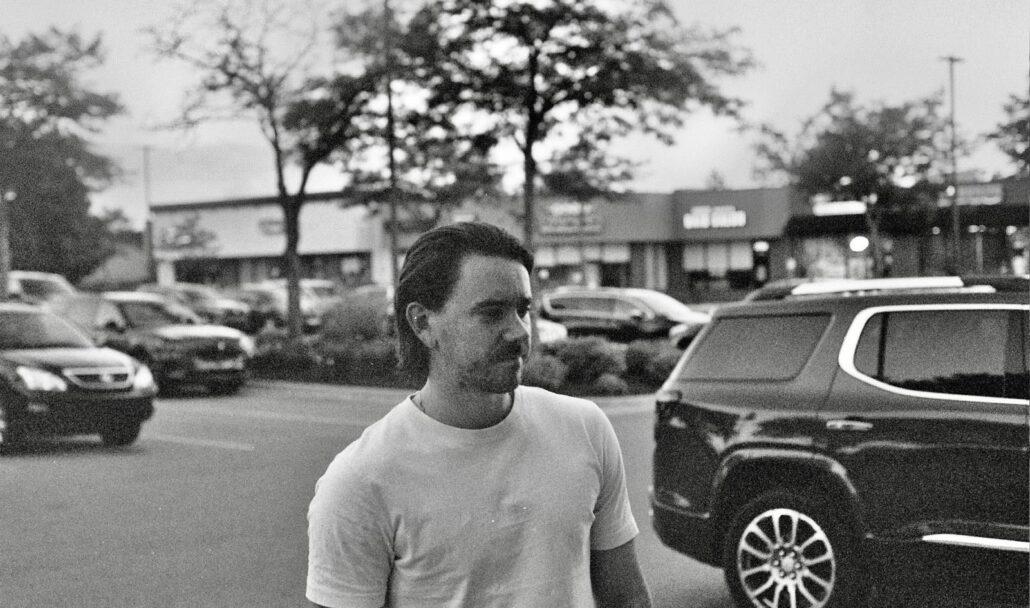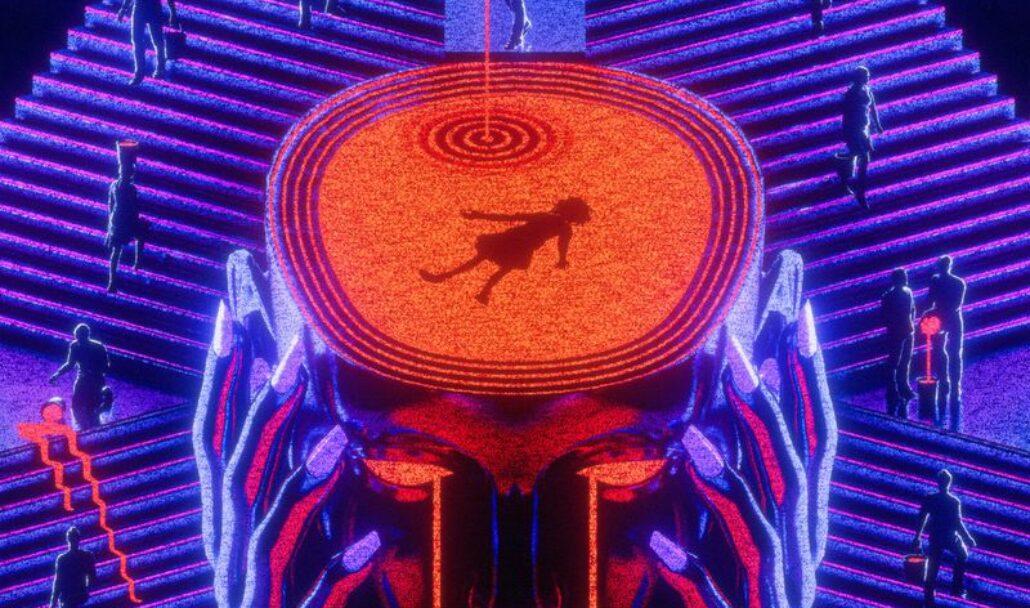A New Day in AI Artistry
Greetings, art enthusiasts, tech aficionados, and curious minds. Today, we dive into the enigmatic world of BASIIC, an anonymous AI artist who has been pushing the boundaries of generative art and creative coding. With two groundbreaking collections along with an edition, “Computer Science (Death of), 2023” and the recently unveiled “Lines of Division (/25),” BASIIC challenges our perceptions of art, technology, and even economics. This artist’s work serves as a signpost, indicating the onset of a period where artistic creation becomes a shared effort between humans and AI.
Who is BASIIC?
Emerging from the shadows of the Web3 space, BASIIC has carved a niche in the digital art world. With a background that marries art history and computer science, this pseudonymous artist is not just a creator but a visionary who sees the untapped potential of AI in art. BASIIC’s previous work has garnered attention from renowned collectors like XCOPY, Tyler Hobbs, Kevin Rose, and Cozomo De Medici, among others.
Crafting Code into Art
In “Computer Science (Death of), 2023,” BASIIC collaborated with ChatGPT (GPT-4) to explore whether AI could become a generative artist. The result was a collection of over a hundred algorithms, each a unique piece of art. The imperfections, rather than being edited out, became an integral part of the art, adding a layer of authenticity.
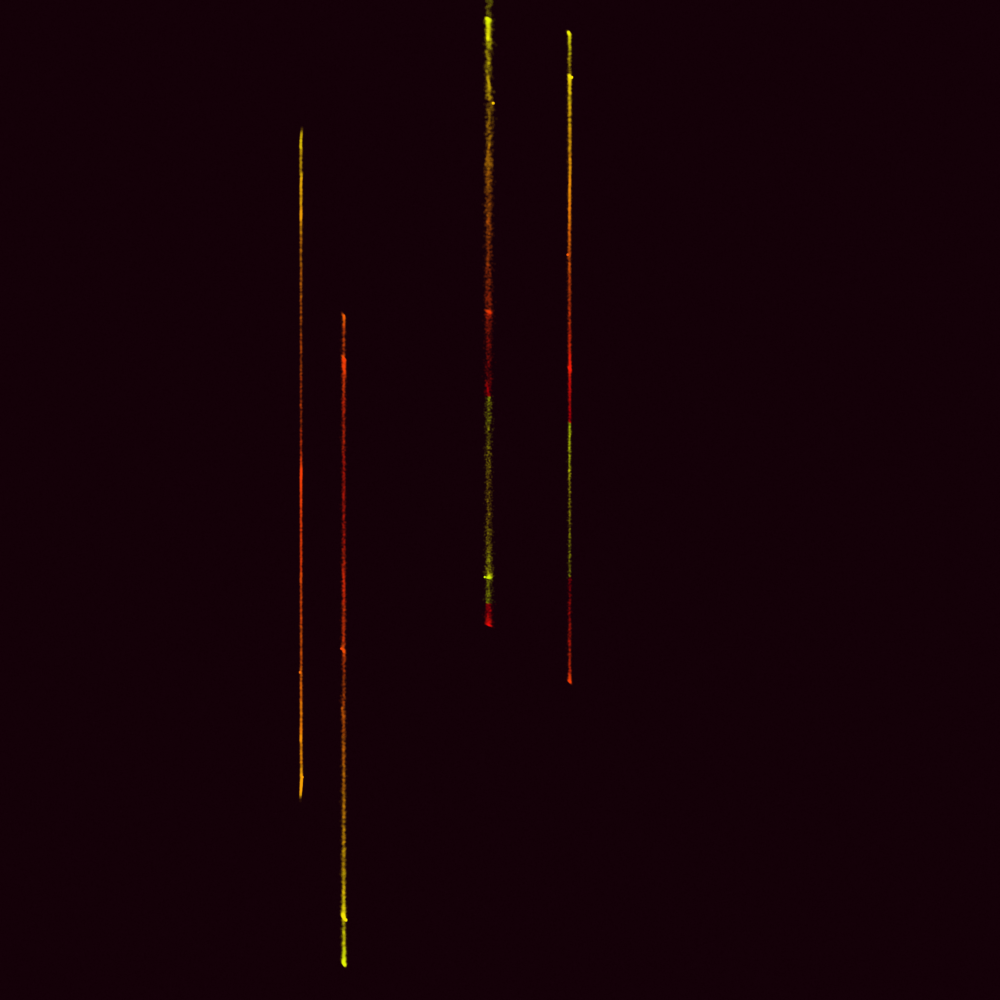
An Artistic and Economic Experiment
Fast forward to July 2023, BASIIC received an invitation to participate in PROOF’s Grails Season IV, a prestigious exhibition that has featured artists like Larva Labs, Snowfro, and Tyler Hobbs. The new collection, “Lines of Division (/25),” not only pushes artistic boundaries but also introduces an innovative economic layer. Through Ethereum staking yield, BASIIC poses a challenge to collectors: is your investment driven by a love for art or the allure of quick profits?
Artistic Categories in “Lines of Division”
- Bold: This category is a minimalist’s dream. It captures the essence of low-poly aesthetics, offering a meditative tranquility through its smooth textures and expansive scale.
- Canvas: Here, BASIIC explores the tactile sensations of traditional art forms. The pieces in this category exude the texture of vintage oil on canvas, adding layers of depth and grit.
- Pop: This is where the Canvas motif is amplified. The pieces are imbued with vibrant colors, intense saturation, and a diffusion of hues that evoke nostalgia.
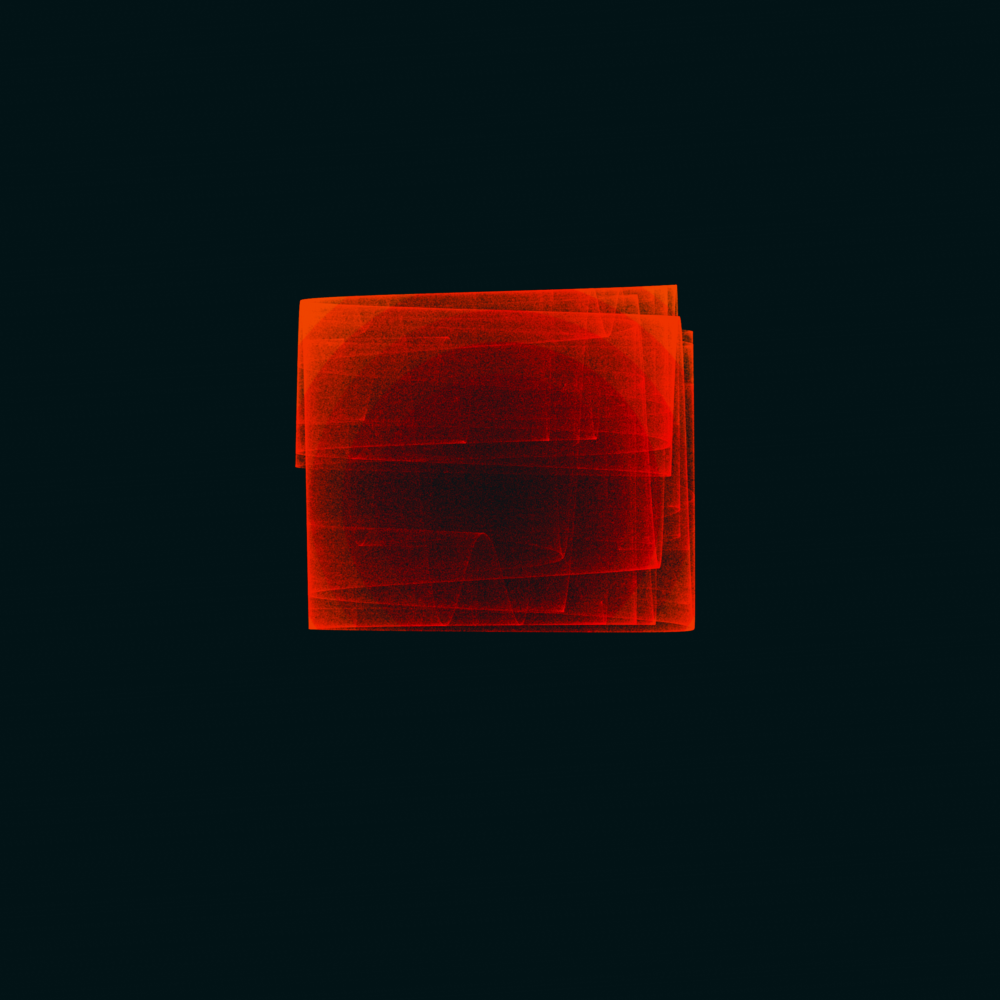
The Economic Layer
In a unique twist, each NFT in the “Lines of Division” collection is tied to a stETH pool, creating a dynamic where the NFT’s value increases over time. This adds a layer of complexity for collectors, forcing them to consider the long-term implications of their investment. The staking yield at 3.8% increases the NFT’s value, and owners can burn the NFT at any moment to reclaim their share of the staked Ethereum and any additional accumulated yield.
The Market Response
The original “Computer Science (Death of)” collection has already made waves in the NFT market. With the buzz surrounding “Lines of Division,” which introduces a never-before-seen economic mechanism, BASIIC’s influence in the art world seems poised for further growth.
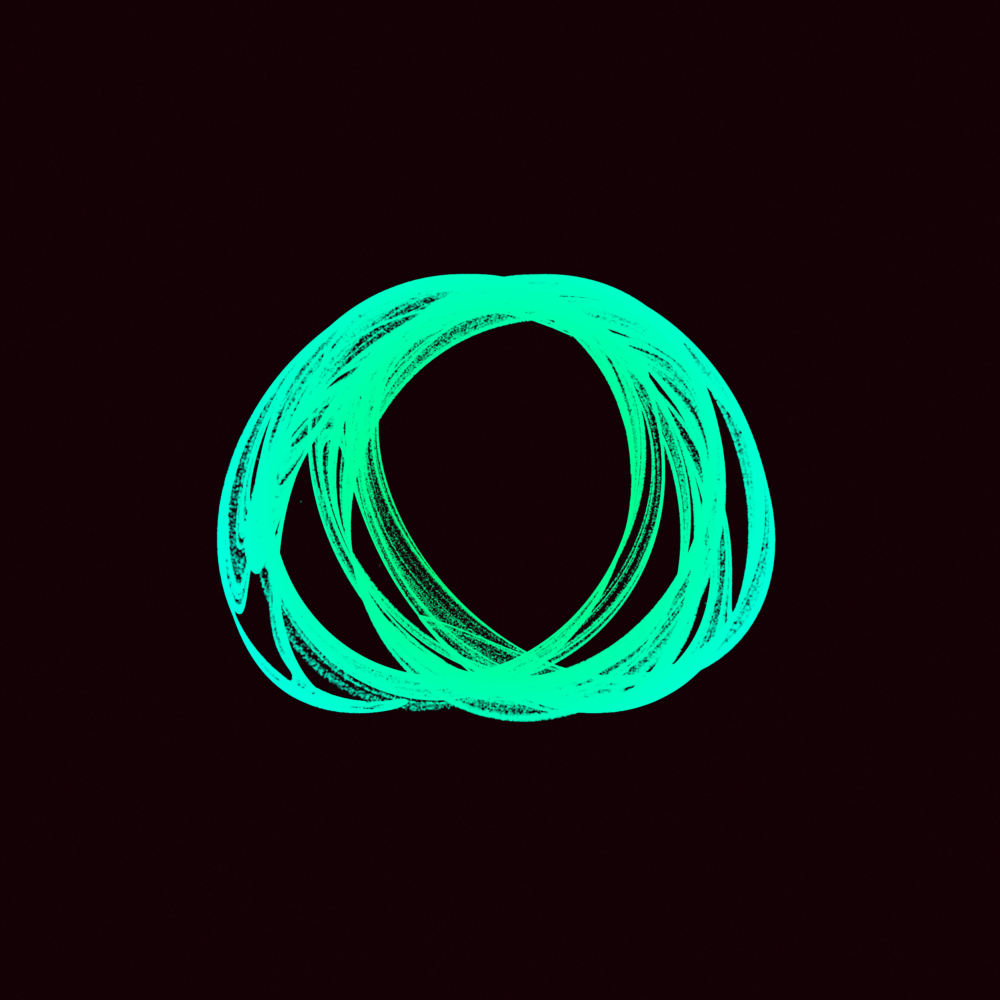
The Bigger Picture
BASIIC’s work transcends the realm of art to touch upon broader themes like the future of AI and the evolving dynamics of the art market. It’s not just about creating art; it’s about sparking conversations and challenging the status quo. The artist predicts a future where humans will code less, assuming roles akin to symphonic conductors, directing code in partnership with AI.
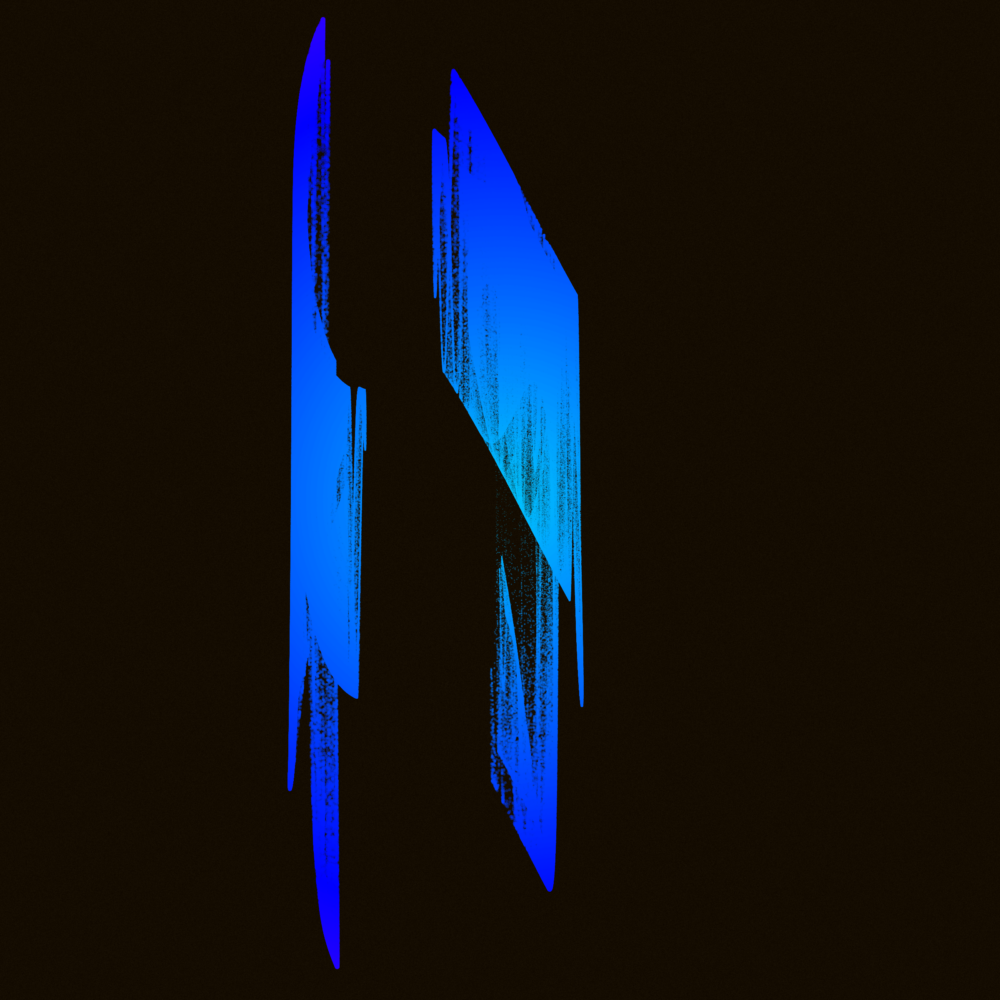
Final Thoughts
As we stand on the cusp of a new era in art and technology, artists like BASIIC are leading the charge. Their work serves as a testament to the endless possibilities that lie at the intersection of art, technology, and economics. It’s a fleeting yet noteworthy point in the chronicle of AI, memorialized in the form of AI-generative art.
Until we meet again in this ever-evolving landscape, keep questioning, keep exploring.
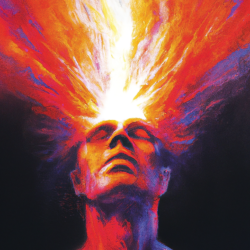
Bonglo, a prominent builder within Web3 and Leading Research & Artist Relations for LVCIDIA, brings a unique blend of scientific acumen and creative insight to the team. His journey from coastal Australia to being a published Environmental Microbiologist at Texas A&M has instilled in him a rigorous, data-driven approach. This methodology, shaped by curiosity & the scientific method, is now applied to his work collaborating with artists in the web3 space.
